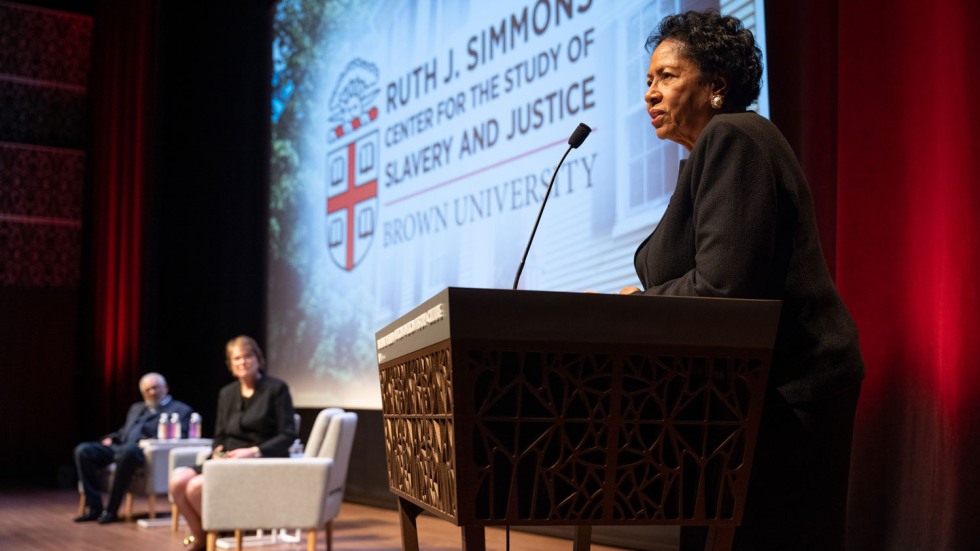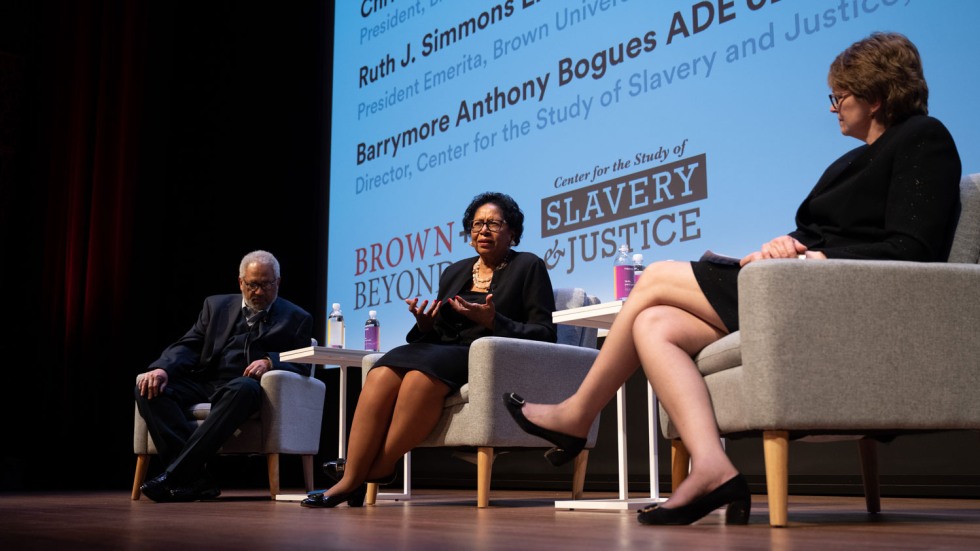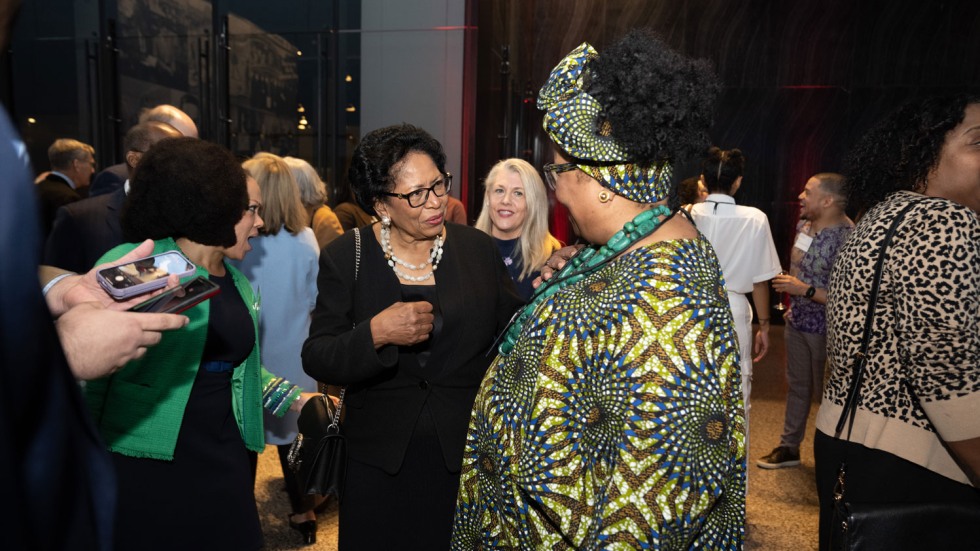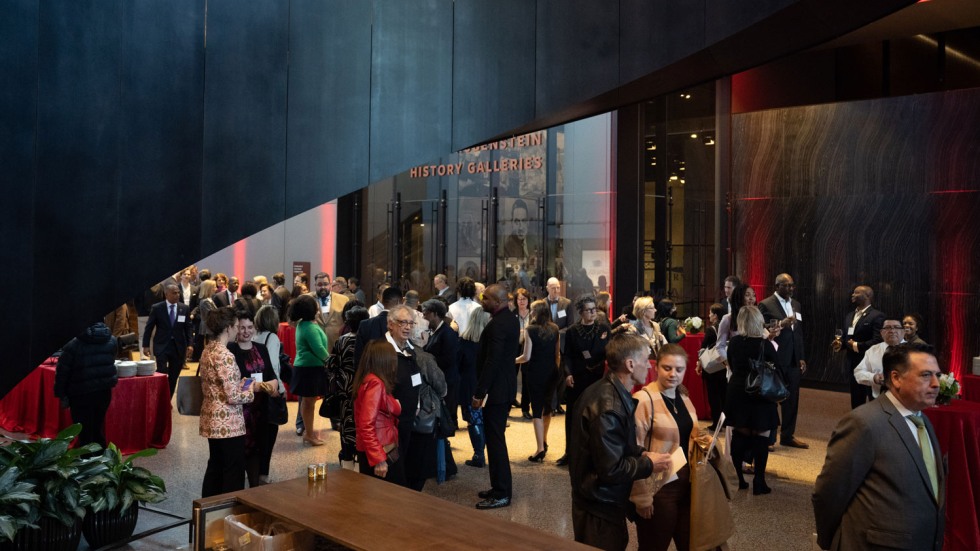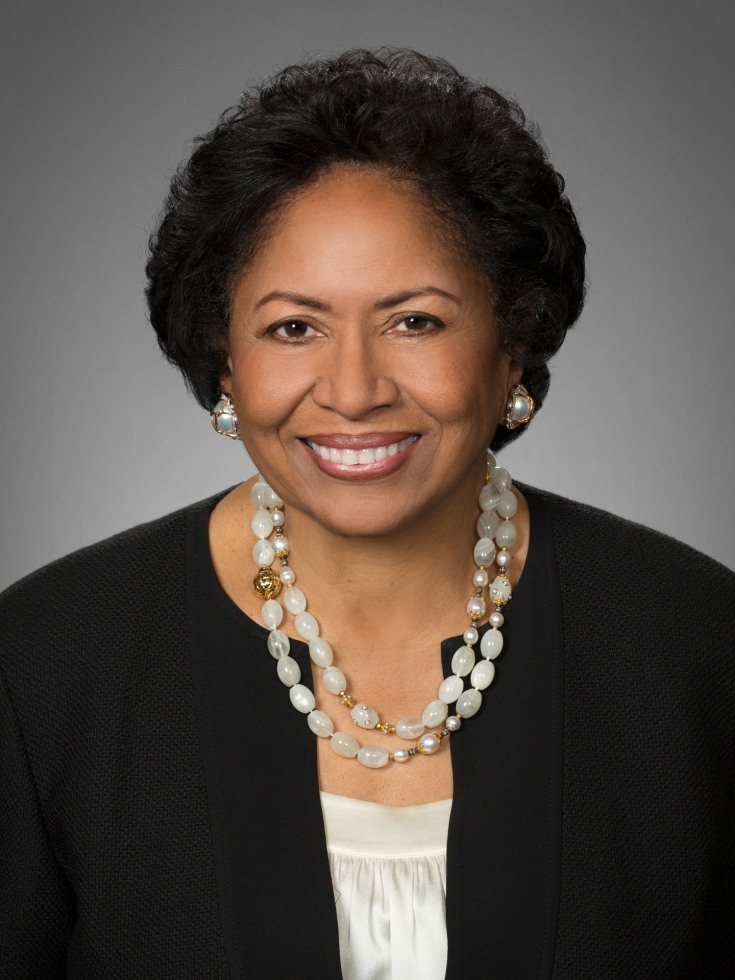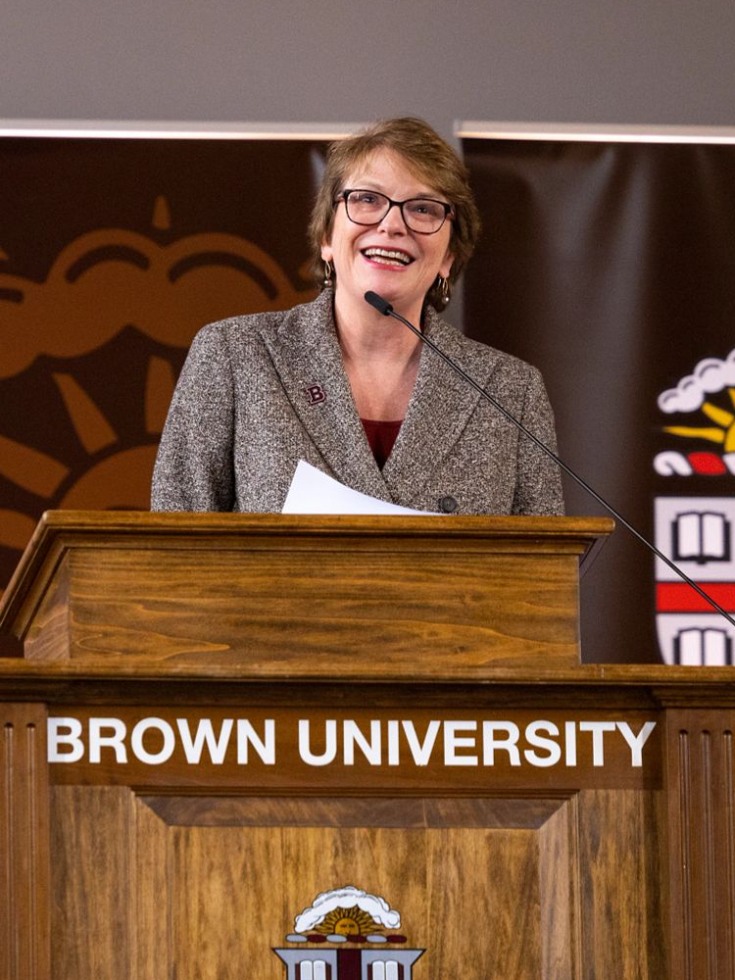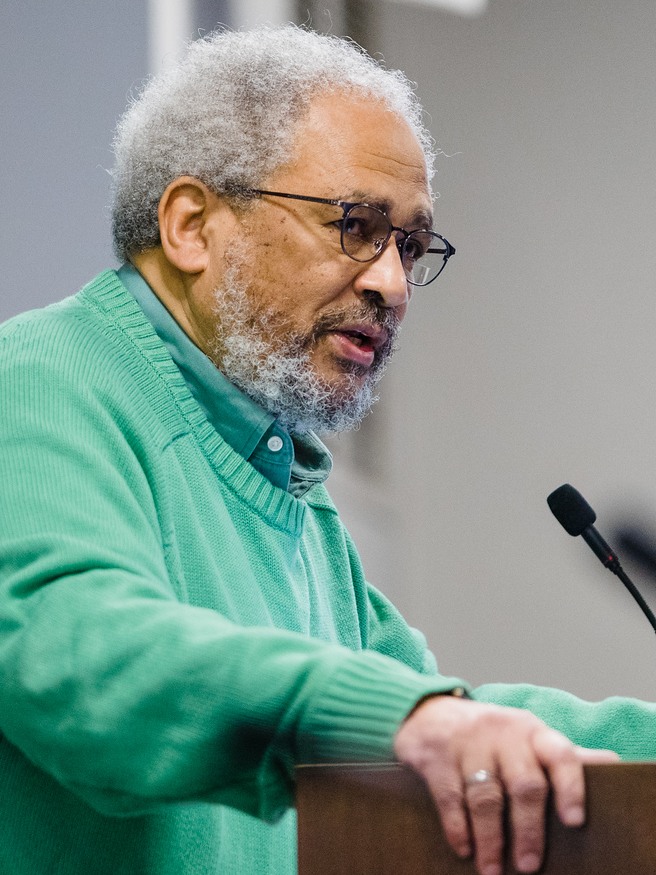WASHINGTON, D.C. [Brown University] — Ten years ago, the Center for the Study of Slavery and Justice opened its doors on the Brown University campus, quickly emerging as a leader for research that is changing the way the world learns about the legacies of the slave trade.
Now, in recognition of that decade milestone and the exceptional generosity of Brown donors whose support established a $10 million endowment for CSSJ, the University has named the center in honor of Brown President Emerita Ruth J. Simmons.
It was Simmons whose bold initiative to uncover the University's historical ties to racial slavery resulted in a landmark 2006 report that led to the center’s creation and inspired universities and other organizations around the world to take up the work of investigating their own ties to slavery.
Brown President Christina H. Paxson shared news of the renamed Ruth J. Simmons Center for the Study of Slavery and Justice at a 10th-anniversary celebration held on Thursday, March 30, at the Smithsonian Institution’s National Museum of African American History and Culture in Washington, D.C.
“Under President Simmons’ leadership, Brown became one of the first universities to examine its ties to the transatlantic slave trade with academic rigor and with unflinching honesty,” Paxson said before the event. “Ruth’s bold, enlightened action paved the way for the center, one of the jewels of education and research at Brown, and there is no more fitting tribute than to name the center in her honor.”
